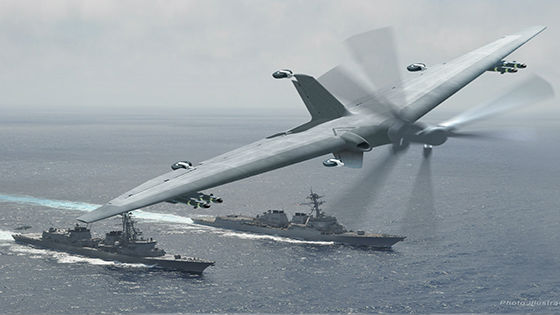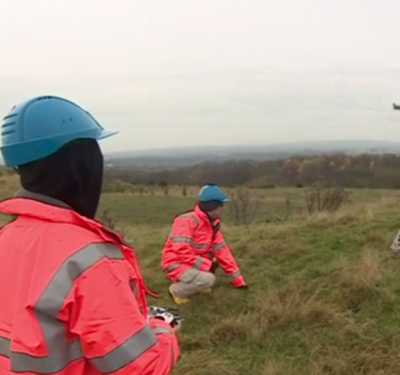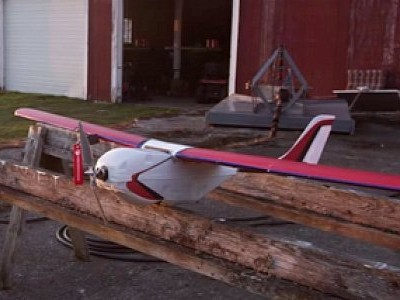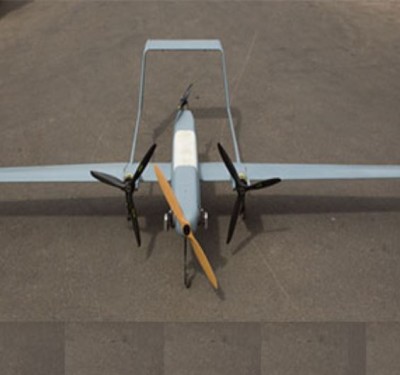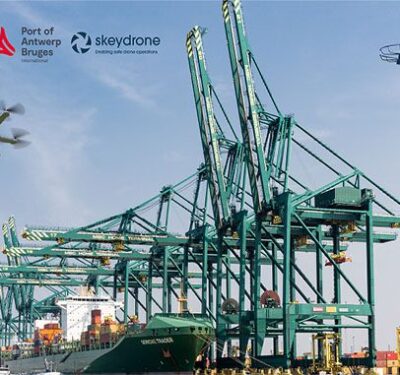DARPA plans to build a full-scale demonstrator system of a medium-altitude, long-endurance unmanned air system (UAS) designed to use forward-deployed small ships as mobile launch and recovery sites. Small-deck ships such as destroyers and frigates could greatly increase their effectiveness if they had their own unmanned air systems (UASs) to provide intelligence, surveillance and reconnaissance (ISR) and other capabilities at long range around the clock. Current state-of-the-art UASs, however, lack the ability to take off and land from confined spaces in rough seas and achieve efficient long-duration flight. Tern, a joint program between DARPA and the U.S. Navy’s Office of Naval Research (ONR), seeks to provide these and other previously unattainable capabilities. As part of Tern’s ongoing progress toward that goal, DARPA has just awarded Phase 3 of Tern to a team led by the Northrop Grumman Corporation. The first two phases of Tern successfully focused on preliminary design and risk reduction. In Phase 3, DARPA plans to build a full-scale demonstrator system of a medium-altitude, long-endurance UAS designed to use forward-deployed small ships as mobile launch and recovery sites. Initial ground-based testing, if successful, would lead to an at-sea demonstration of takeoff, transition to and from horizontal flight, […]
Click here to view original web page at www.maritime-executive.com


